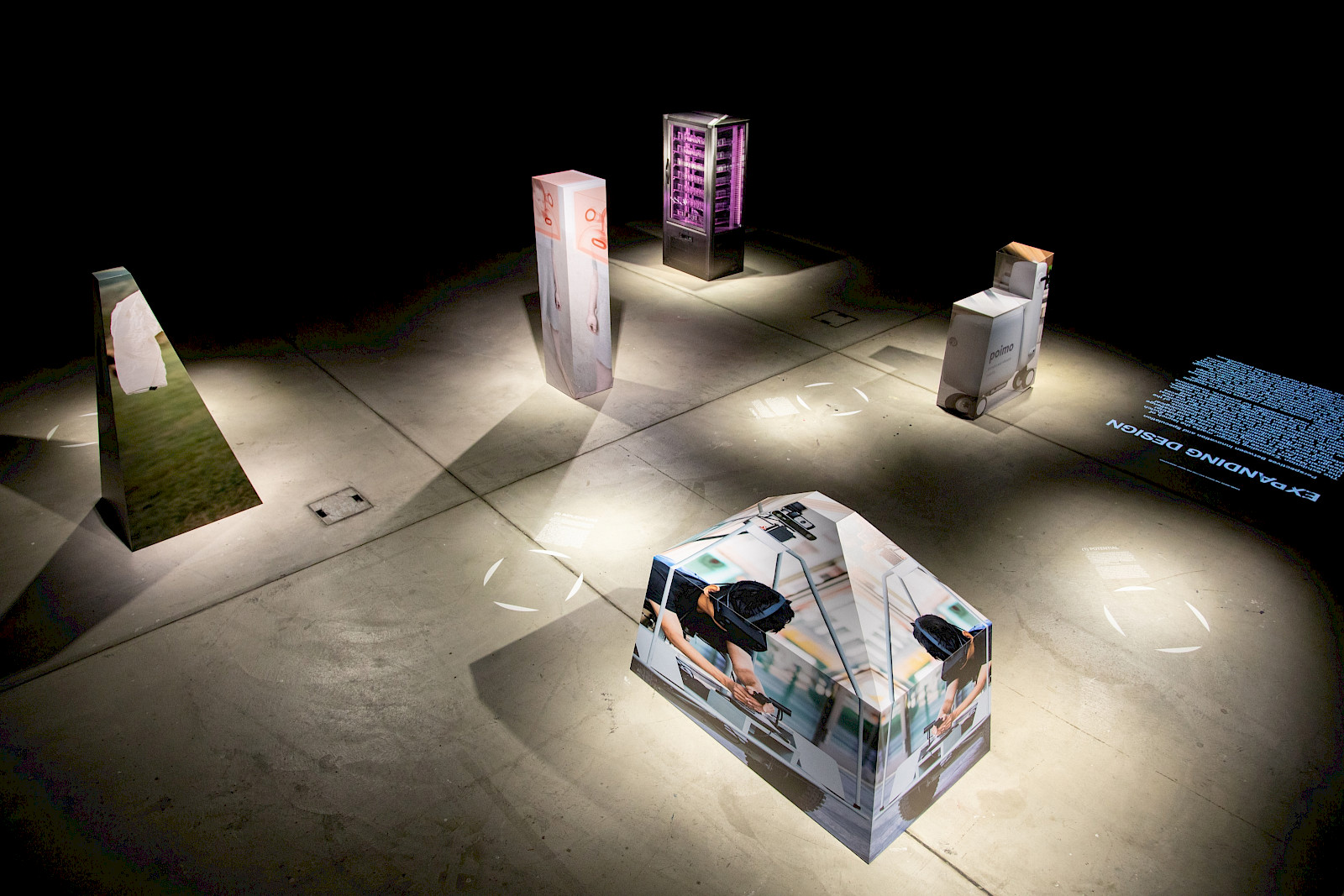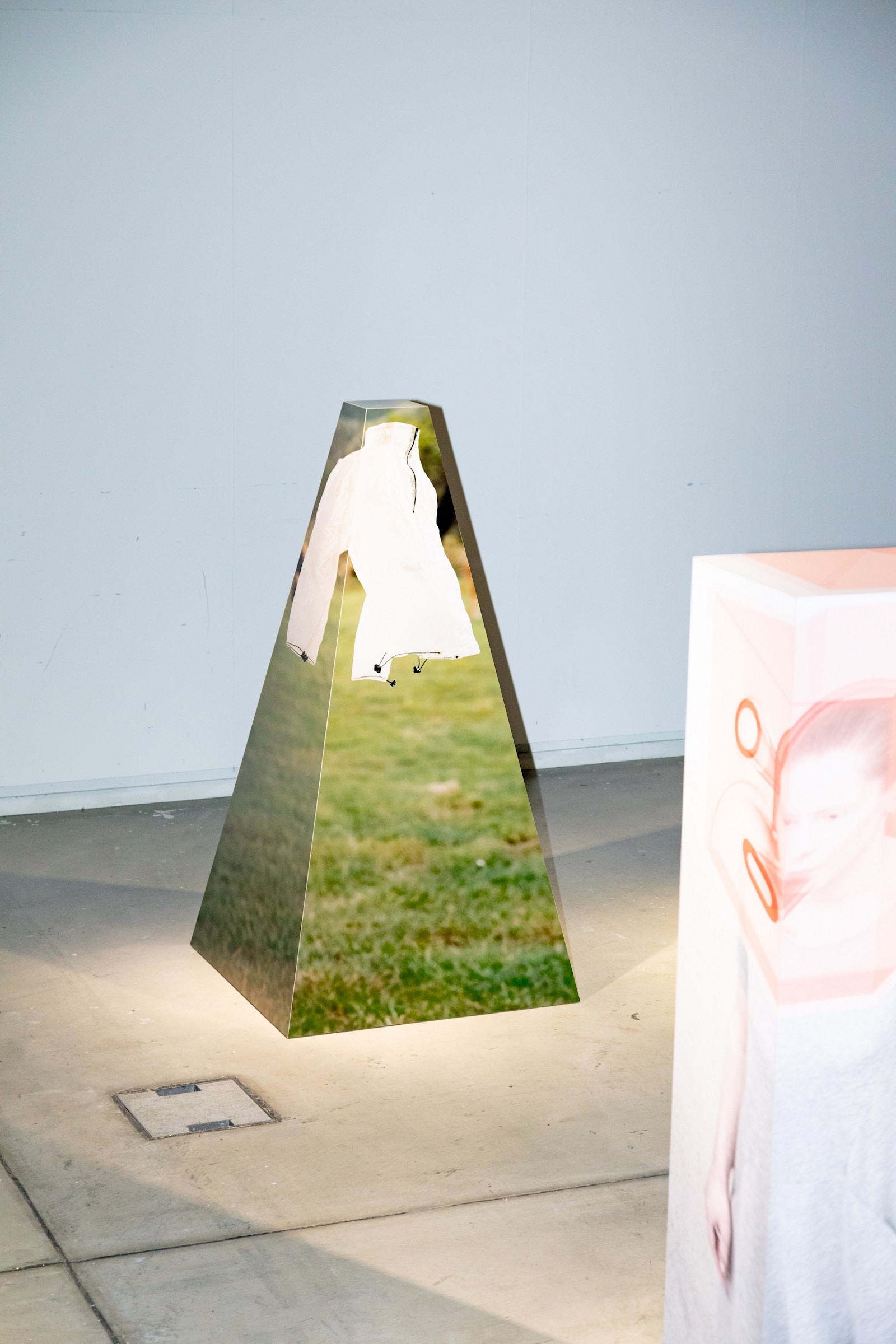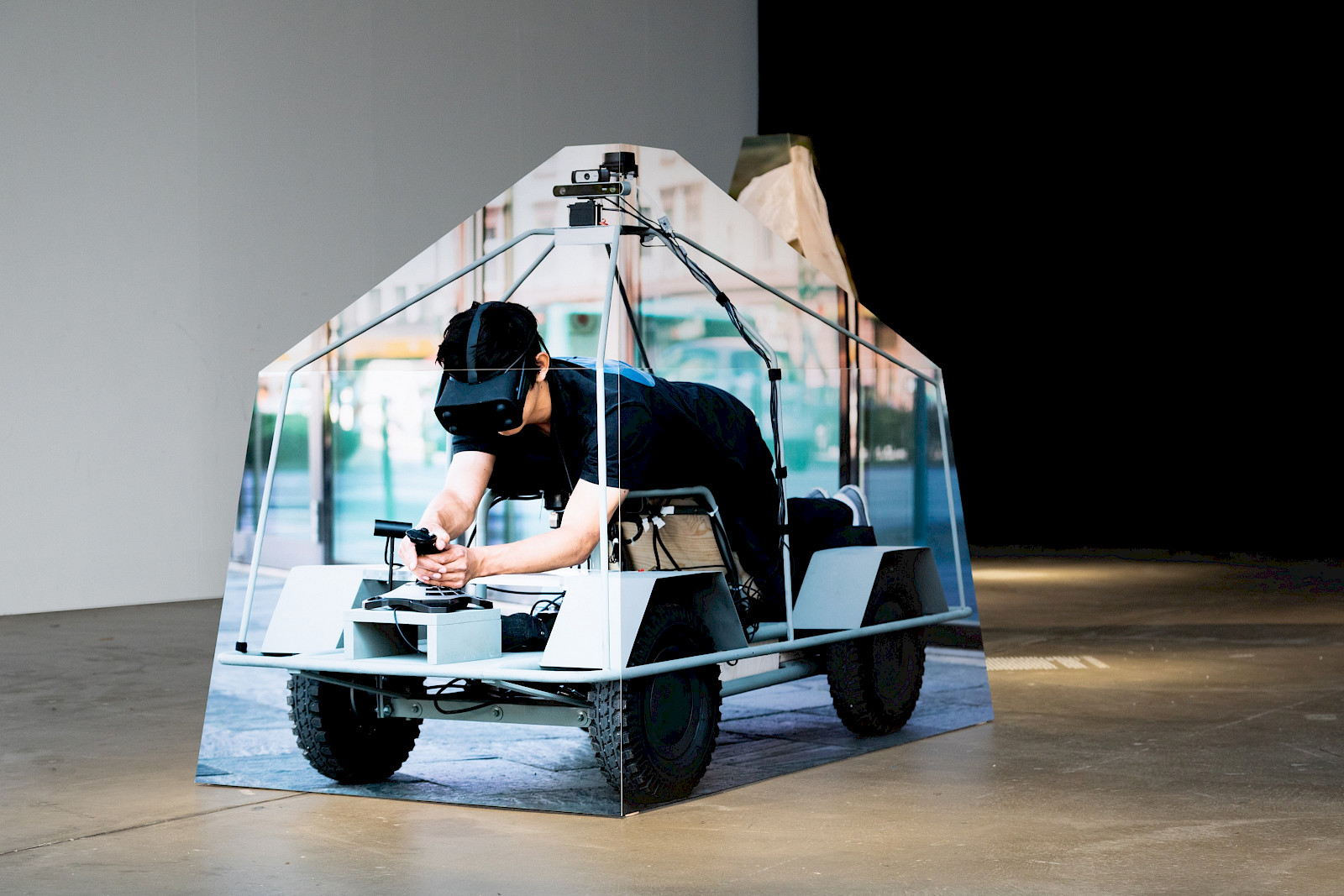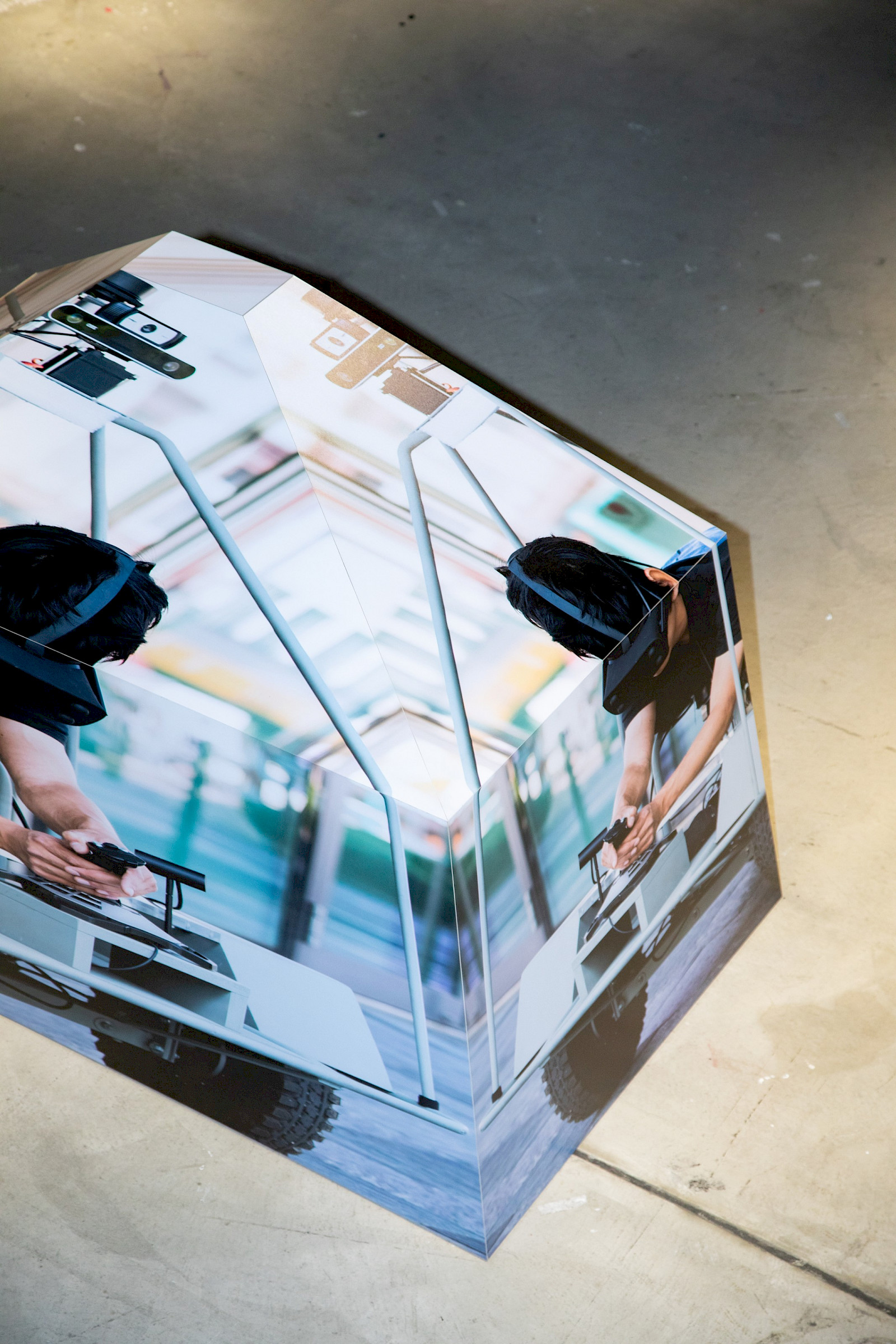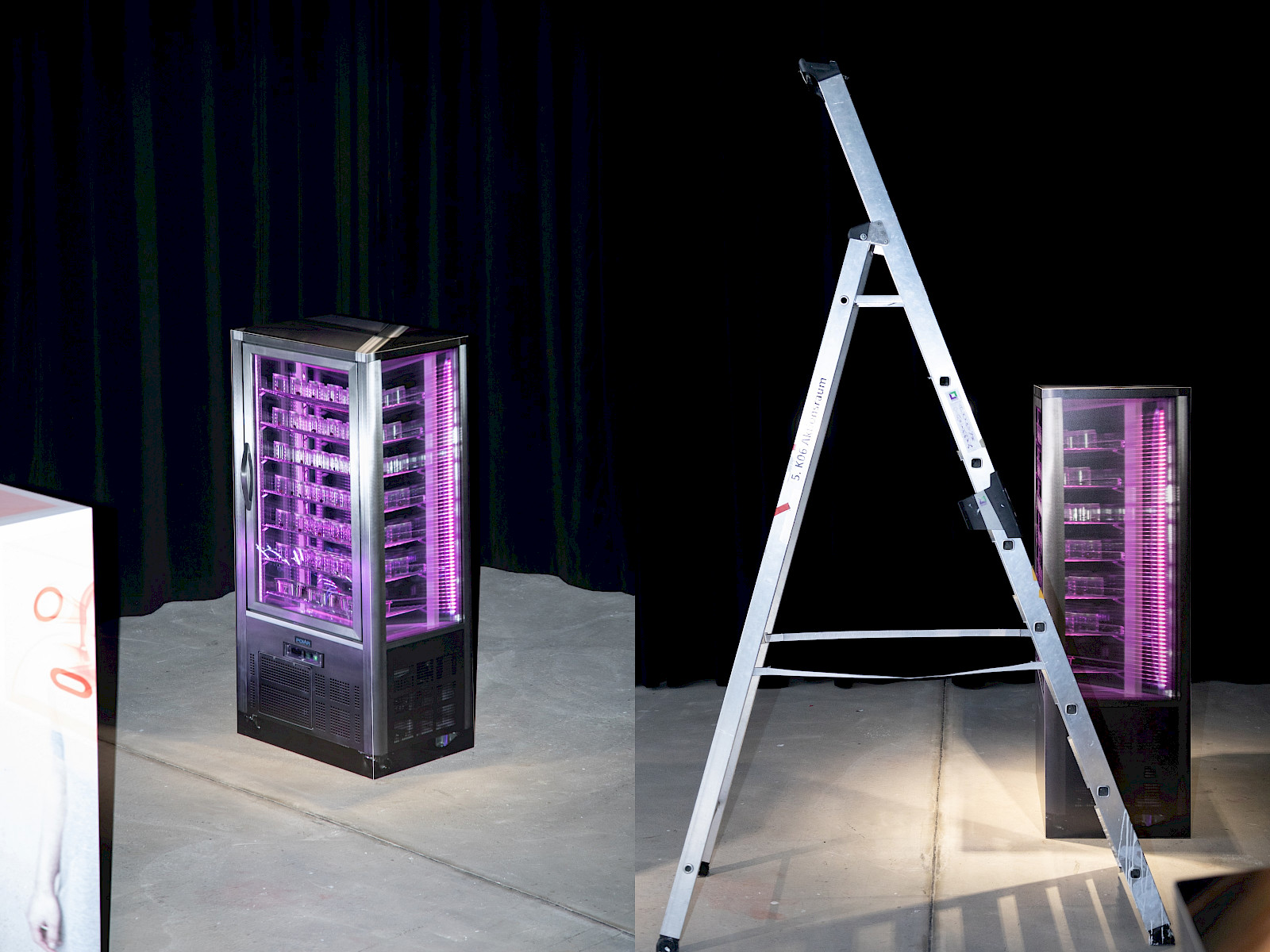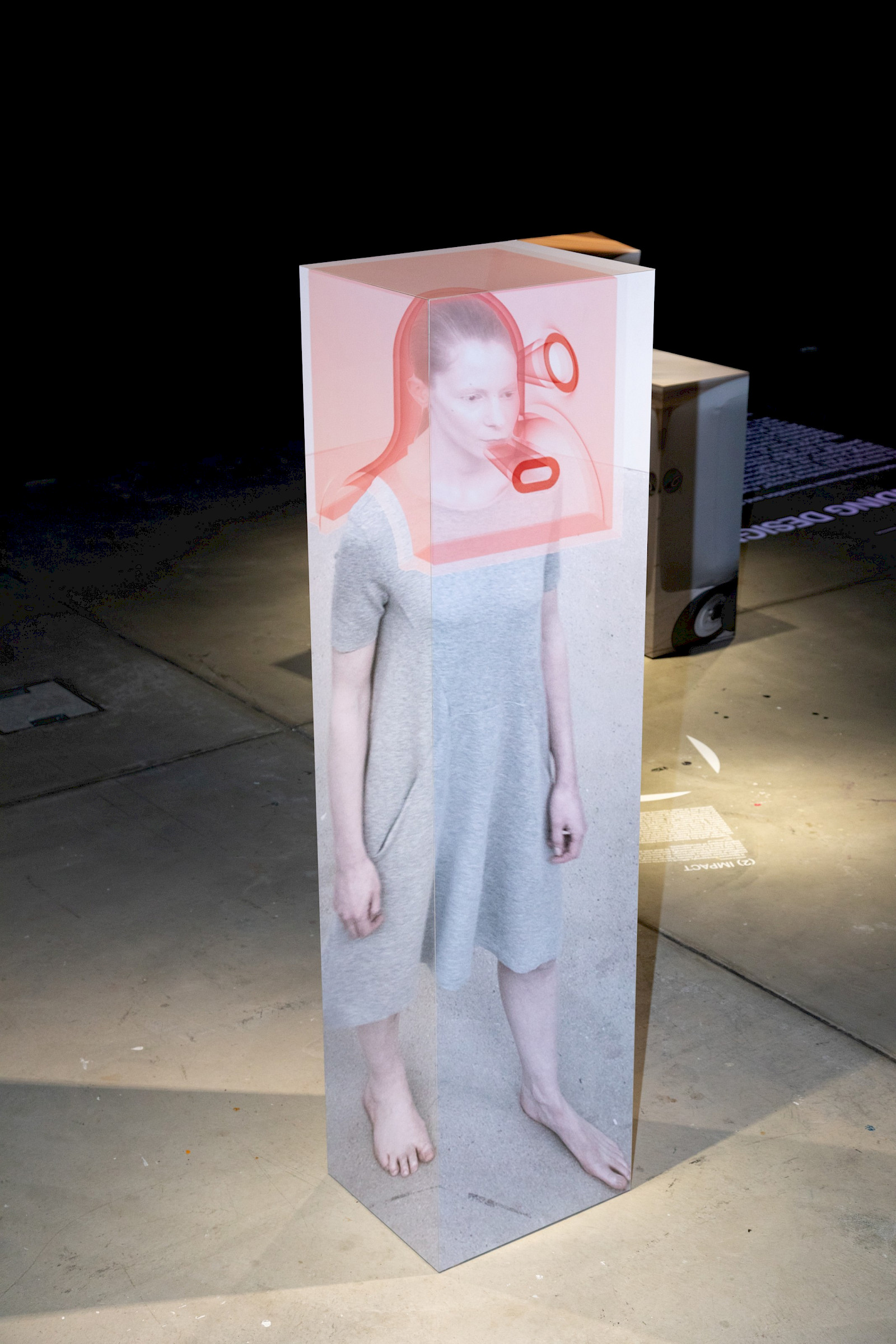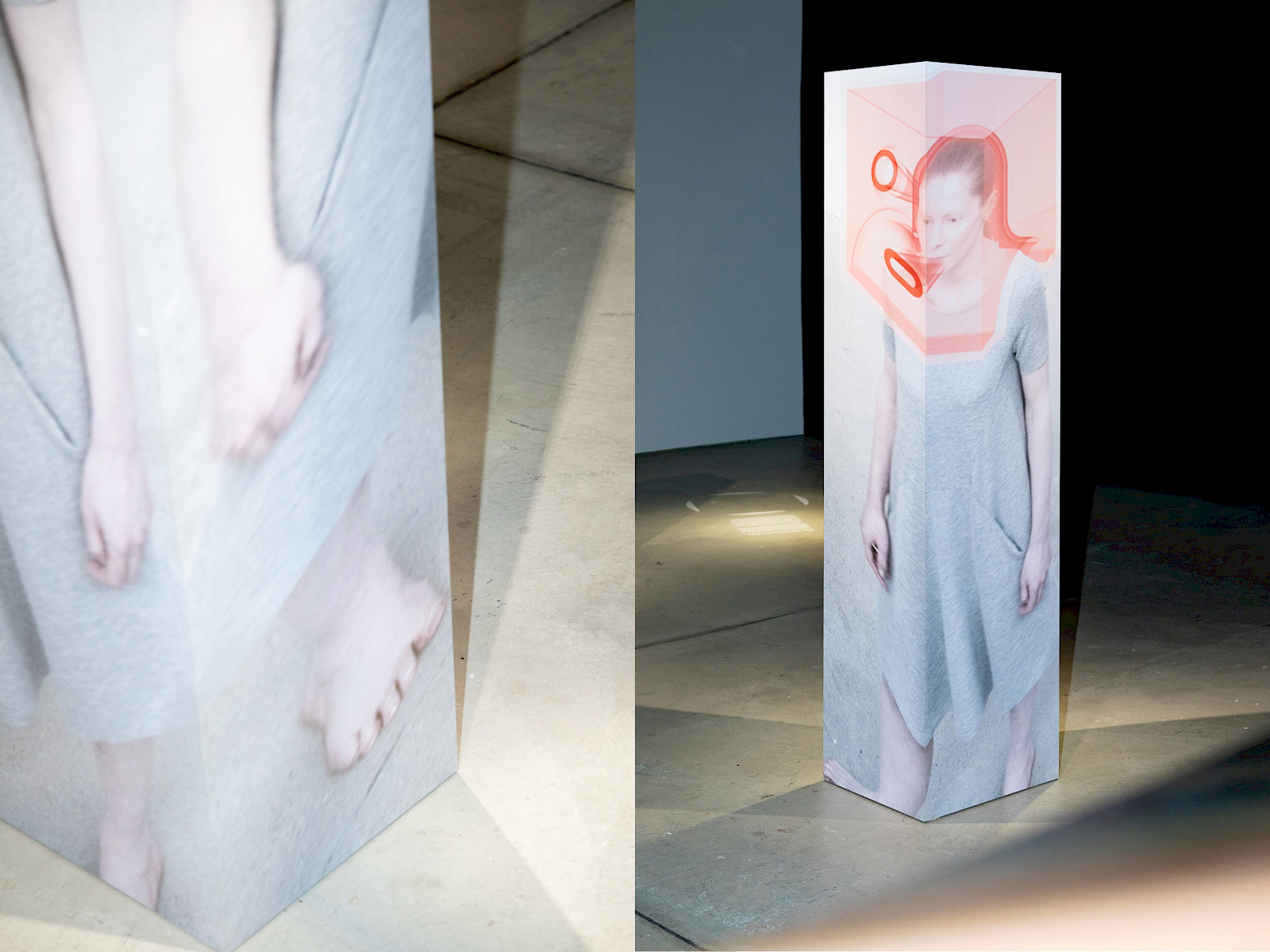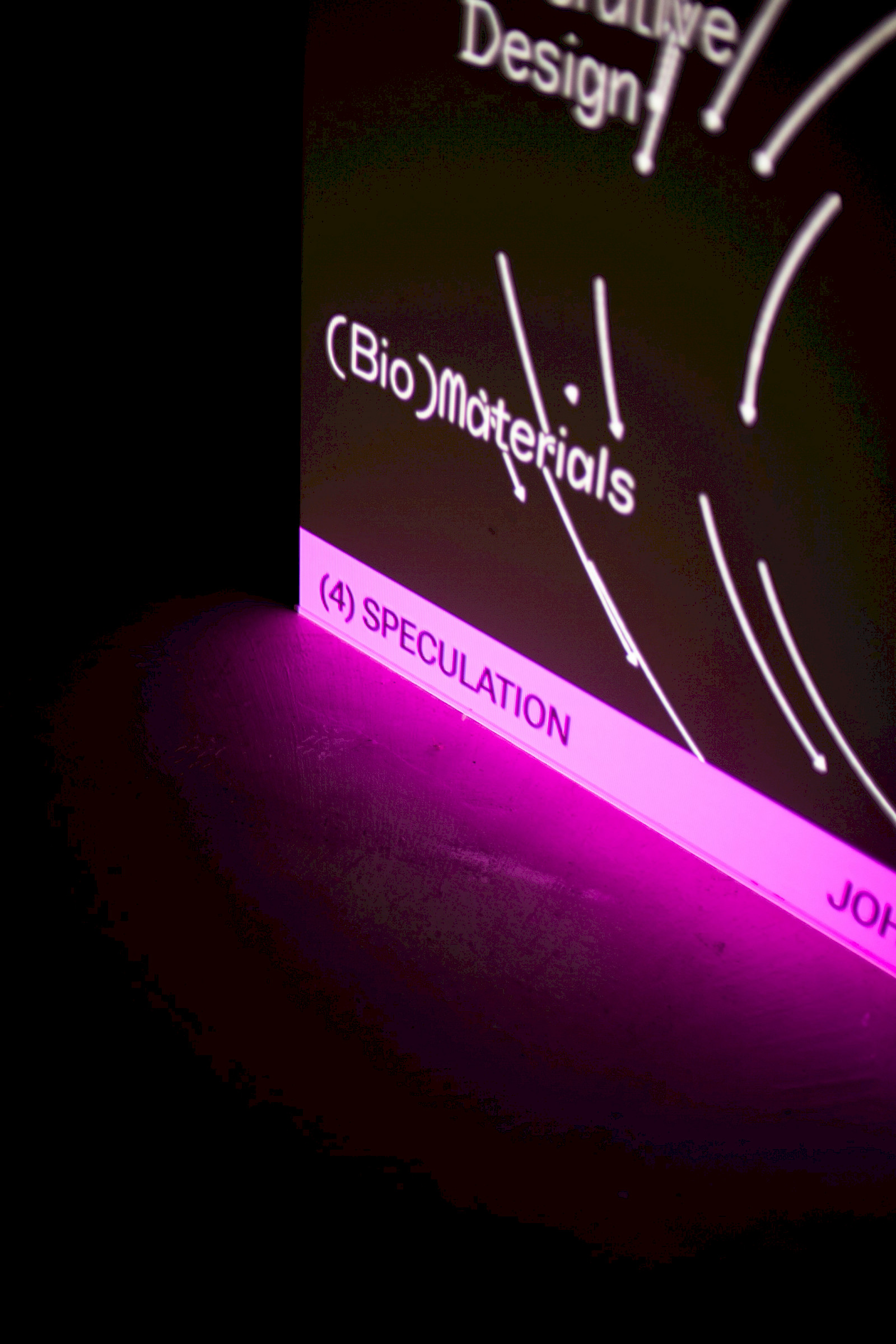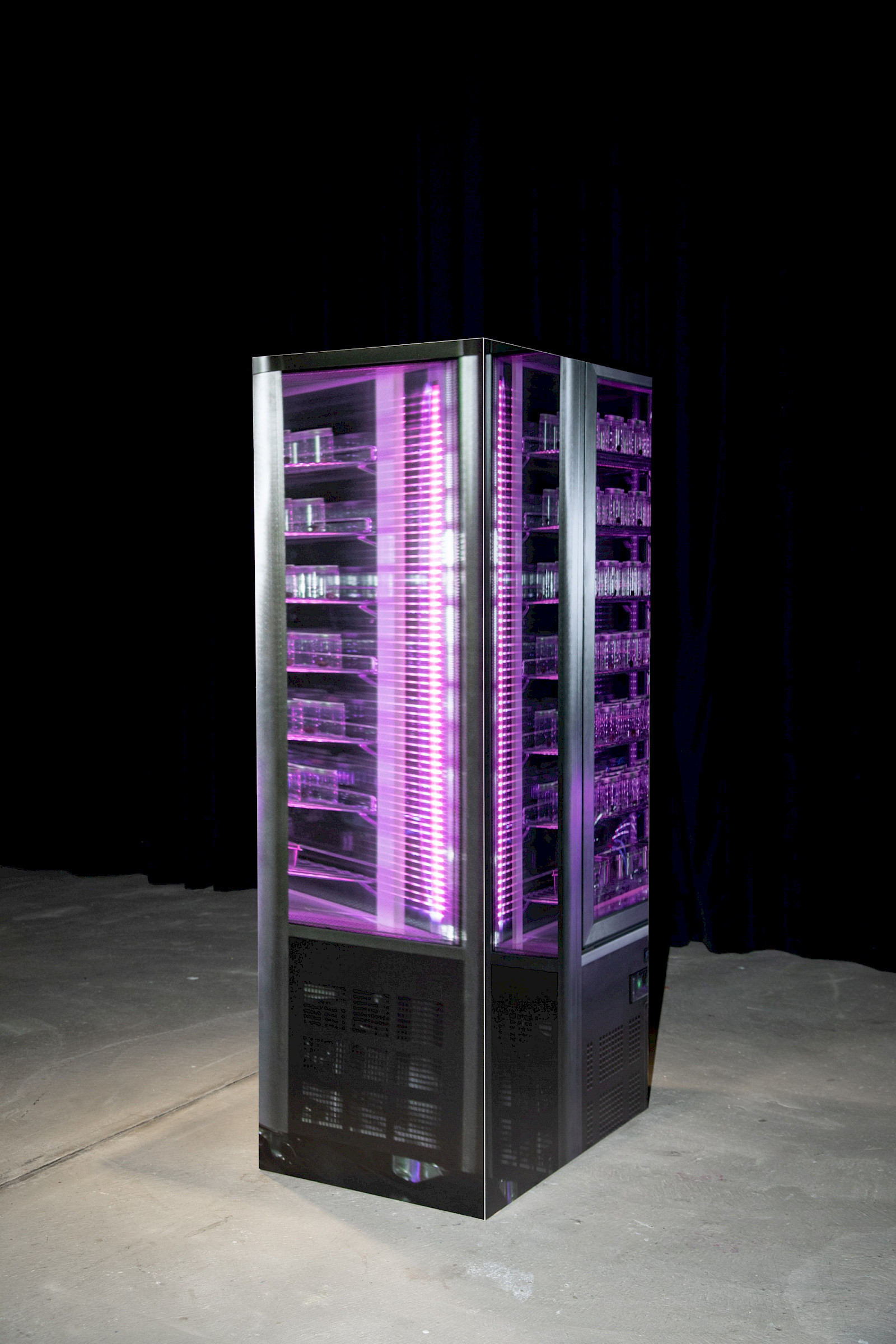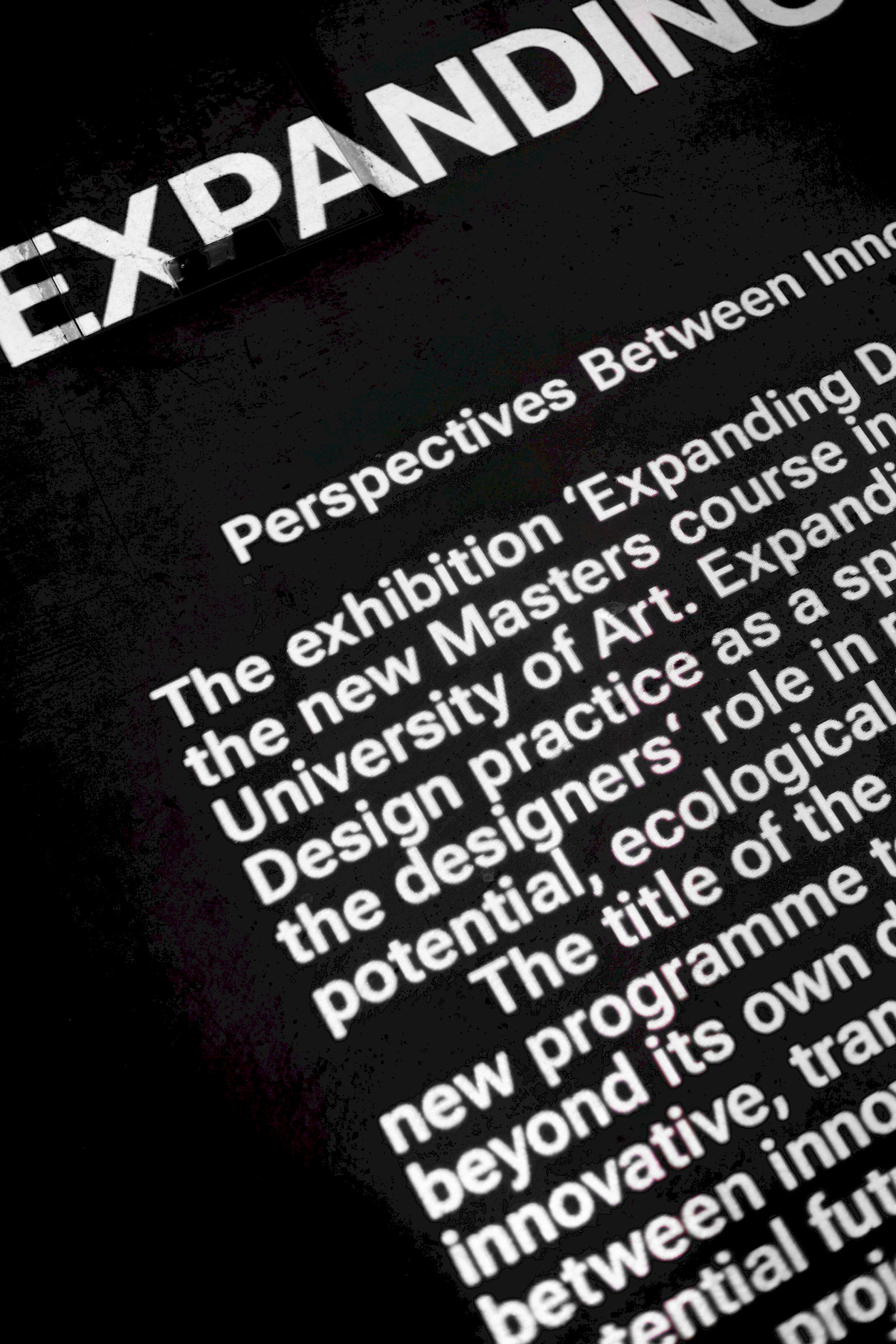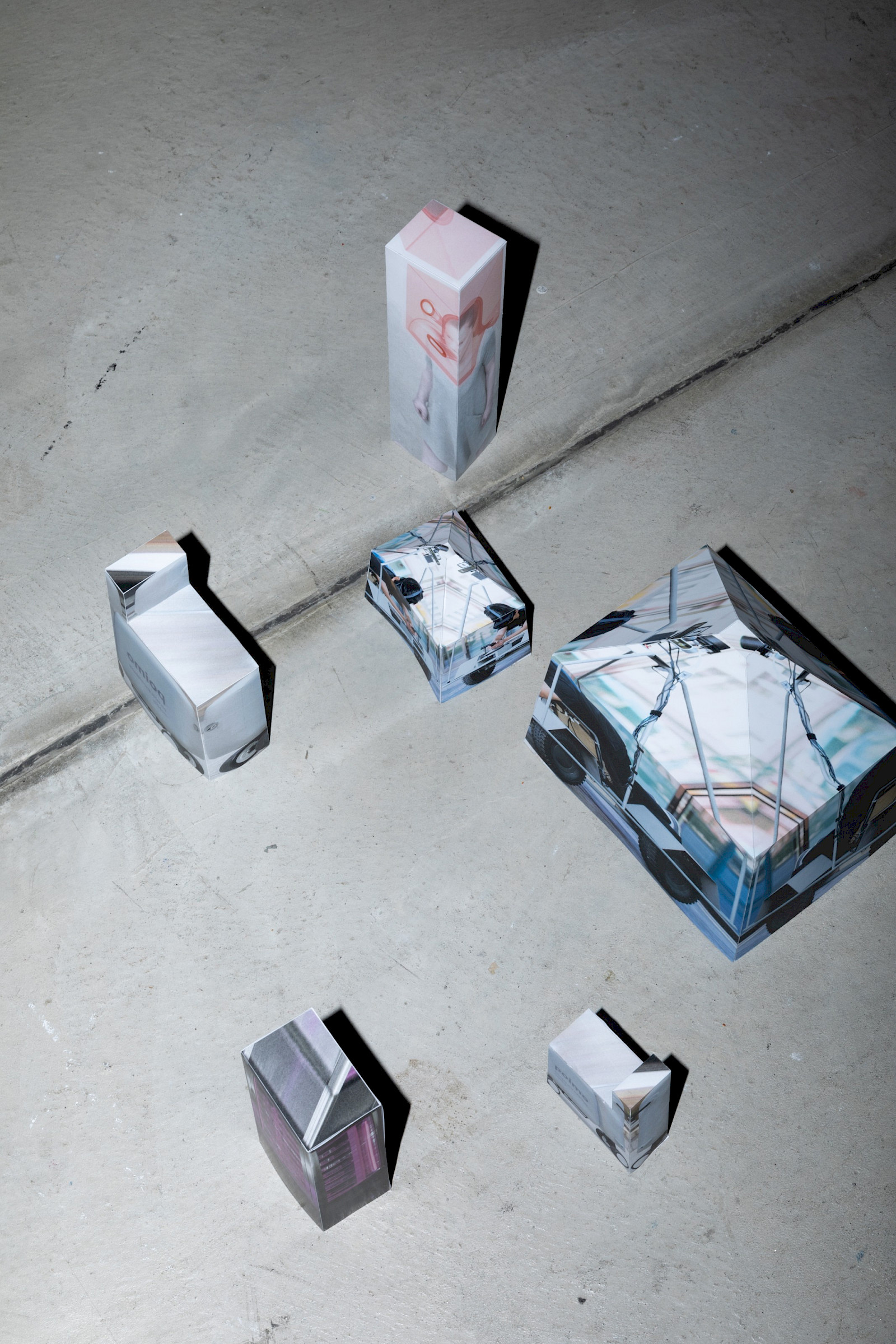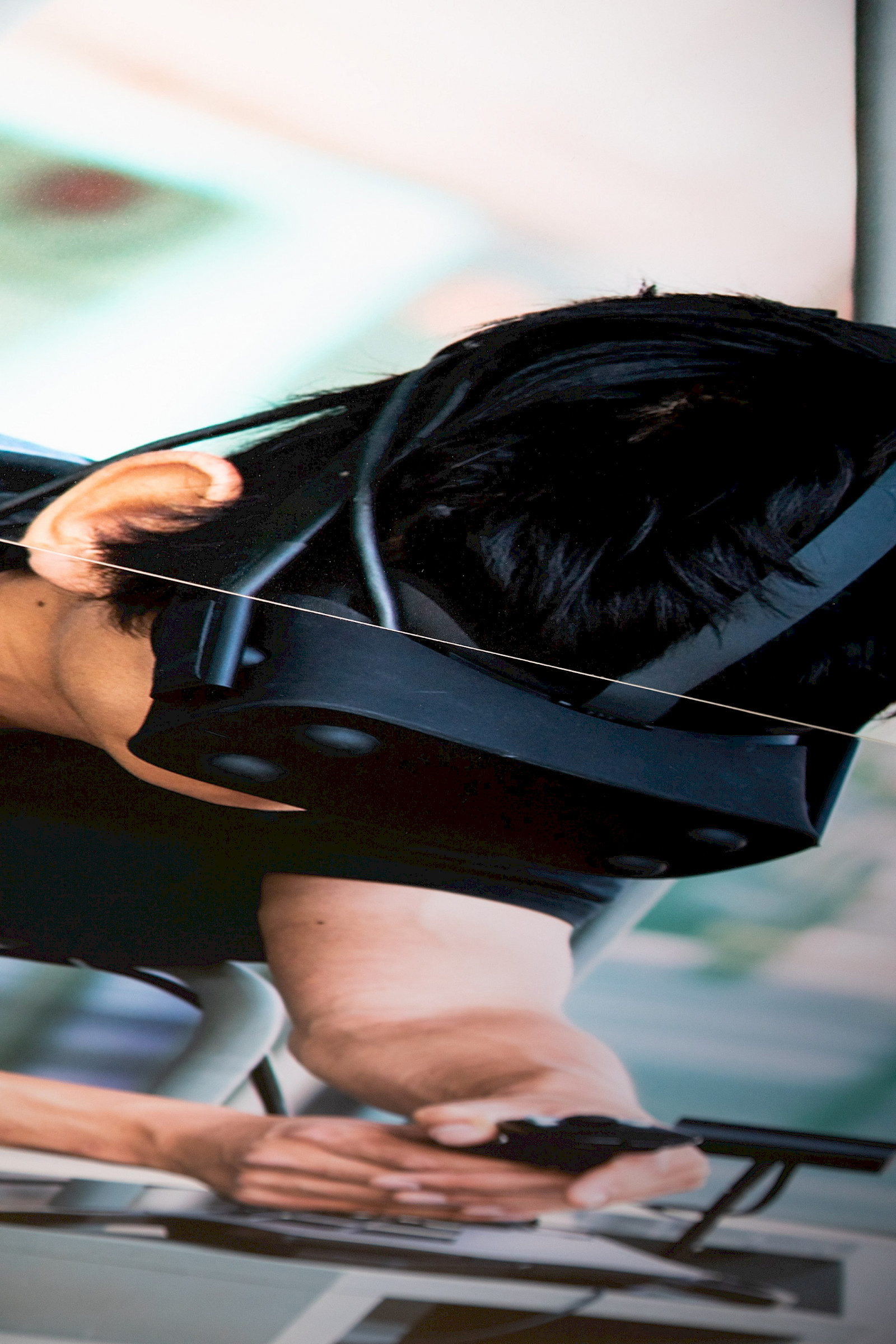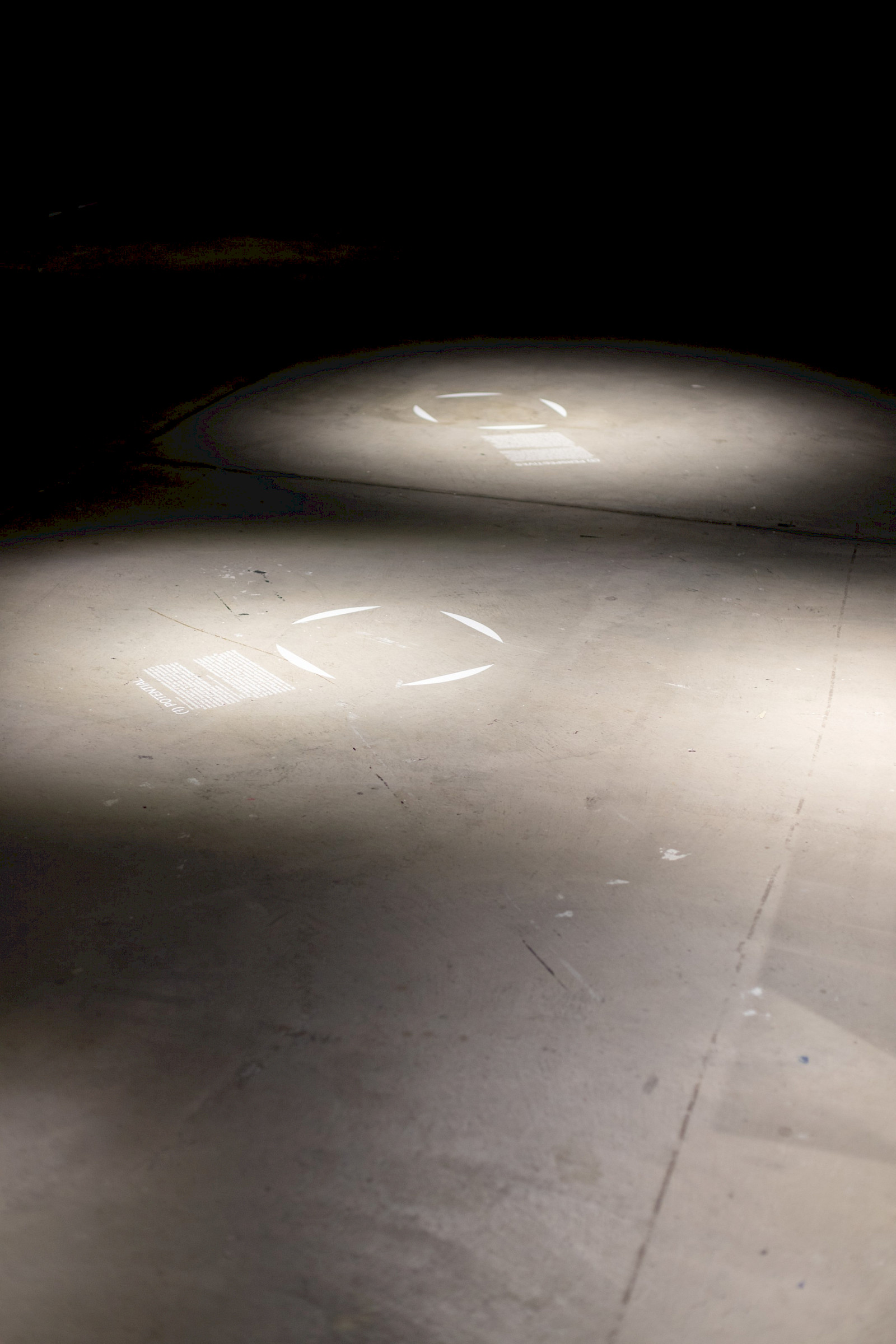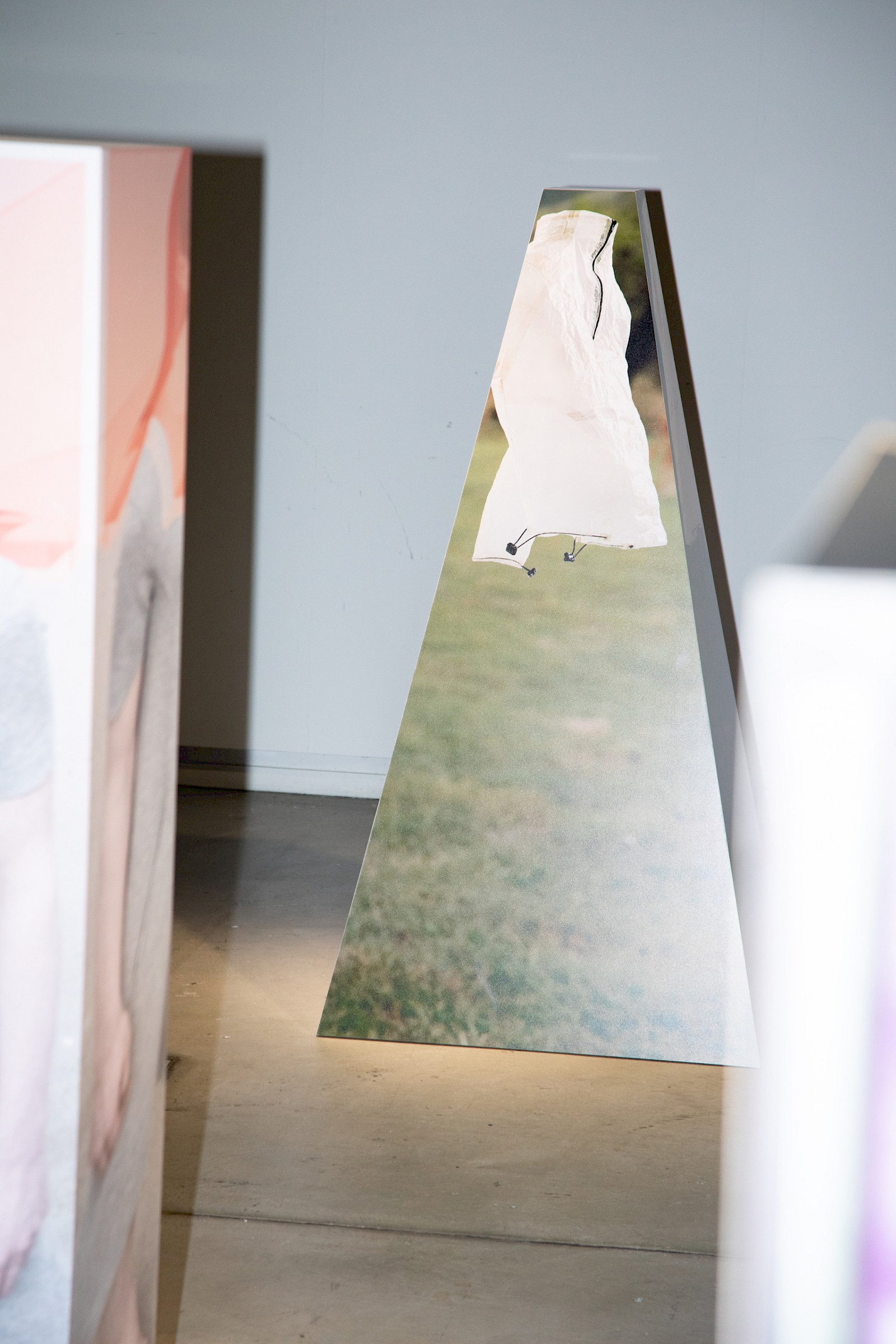Expanding Design – New MA Launch Exhibition
Perspectives Between Innovation and Speculation
The exhibition ‘Expanding Design’ marks the launch of the new Masters course in Industrial Design at the Zurich University of Art. Expanding Design uses the Industrial Design practice as a springboard to explore and challenge the designers‘ role in relation to themes of technological potential, ecological impact and social implications.
The title of the exhibition describes the ambition of the new programme to expand the industrial design practice beyond its own disciplinary limits and argues that the most innovative, transformative work is produced in the spaces between innovation and speculation, the present and potential futures, design to enable and design to envision. All the projects in Expanding Design straddle both spaces, using design to bring seemingly different intents together and to propose new possibilities for products, interactions and aesthetics.
Five design practices show projects that are tangible expressions of innovative ideas and alternative realities. Beyond the solutionist thinking of the last century, the exhibited work is proposing new possibilities, approaches and paths for an expanded design practice. Each project reflects a different perspective: Potential, through design and technology; Impact, through design and science; Perspectives, through pluriversal design; Implications, through design speculations; Imagination, through designed realities.
The photo objects are based on projected images that are three-dimensionally reconstructed and presented on a 1:1 scale. Each object will therefore only be in perspective from a single, individual point of view. The resulting distortions invite visitors to move between perspectives.
With
Hisato Ogata, Takram (JP)
Felix Rasehorn and Robin Hoske, WINT Design Lab (DE)
Benedikt Groß, Moovel Lab (DE)
Johanna Schmeer (DE)
Anthony Dunne and Fiona Raby, Dunne & Raby (UK)
(1) Potential
Exploration and experimentation are considered to be core components of the industrial design process that can lead to “new to the world” products often called innovations. To create new and innovative products and systems, designers need to move past the edges of their discipline and enter a dialogue with interdisciplinary perspectives, to propose new solutions that can focus on and evolve technologies, behaviours and values.
Poimo is such a project, presenting a next-generation inflatable vehicle that connects small distances from public transport to the individual's destination. Developed as a joint research between mercari R4D and the University of Tokyo, Poimo merges advancements in soft robotics with electric mobility. By adopting an inflatable structure for the body, Poimo can be folded up small for everyday use and inflated when needed. Its potential for customisation is building new relationships between people and technology.
(2) Impact
It becomes increasingly difficult to tackle many complex issues such as climate change through a traditional disciplinary approach. An open and dynamic relationship between design and science offers not only a lens to fundamentally advance both activities but also a holistic approach to deal with the ecological impact of developments.
Together with the biotech startup Mimotype, Robin Hoske and Felix Rasehorn, founders of WINT Design Lab, developed GOLD, a durable and recyclable high-performance textile inspired by the outer tissue layer of the cow's intestine. Animal skins, due to their properties, have been used by humans throughout history to create textiles with water-repellent capabilities. By synthetically replicating the material properties, Wint developed a collagen substrate – vegan and biodegradable – and used it to create a high-performance running jacket. While the global demand for synthetic textiles continues to rise and their production consumes large amounts of petrochemicals, energy and finite raw materials, GOLD offers a new generation of water-repellent outdoor textiles.
(3) Perspectives
Human-centred design has become the prevalent standard in design. As an approach, its role is to enable the design of empathetic solutions that are intuitive to use and satisfy human users’ needs. However, a human-centred design approach fails to look beyond the immediate human user toward other-than-human participants and greater respect for the diversity and complexity of other perspectives. A pluriversal approach challenges the traditional view of design as a transactional practice and instead focuses on relationality between actors such as microbes, ecosystems or AI’s.
In that sense "Who Wants to be a Self-driving Car?" is a data-driven trust exercise that uses augmented reality to help people empathise with self-driving vehicle systems. The Moovel Lab built an unconventional driving machine that lets people use real-time, three-dimensional mapping and object recognition displayed in a virtual reality headset to navigate through space. The project acts as a tool to explore the technology behind self-driving cars from a human perspective. "Who wants to be a self-driving car?" aims to be a prototype for empathy, creating situations in which the driver and nearby bystanders become part of a conversation about responsibility, fascination, and perhaps, hope for a world that is moving towards autonomous mobility.
(4) Implications
A design approach for more-than-human worlds assumes a relationality between environments, the species that inhabit these, and technology thus challenging the dominance of the human perspective.
When is ‘nature’ no longer ‘natural’? How can design assist in reframing the human as not separate from or above nature, but as part of it? At what point does biology become technology? With her speculative project The Outside Inside, Johanna Schmeer uses the specific terraforming abilities of plants, lichen, and fungi as a vehicle to ask questions that arise as a result of a growing entanglement of environments, ecologies, and technology. The refrigerated display case stores edible amaranth flowers grown in possible future environmental conditions of the year 2100. By being exposed to elevated carbon dioxide levels and saline soil, the nutrient composition of these flowers is altered. Tasting the flowers would allow people to ingest part of a possible future that directly affects their body on a molecular level.
(5) Imagination
Futures are imagined for a variety of reasons, from promotional scenarios in the tech industry to the imaginary worlds of science fiction cinema. Visual representation plays an important role, but the design languages used to present these imaginary worlds are often hackneyed and repetitive limiting their ability to inspire and provoke genuinely new thinking about alternative realities. By moving beyond realism a whole range of barely explored possibilities for new forms of engagement become possible.
Not Here, Not Now is a speculative design project in which Dunne & Raby present interfaces for an alternative world, not here not now. The head-mounted Publi-Voice, imagines the future of AI in relation to mediated communication. An individual wears a pink, translucent object that is mounted on her shoulders and covers the entire head. The user speaks through the gadget and it calculates the possible effects of the words in future events before they are released to be heard by others. The materiality of the object remains ambiguous - is it a field, a film, or a material? Not Here, Not Now experiments with how different layers of realism are conceptualised, crafted, presented and perceived in order to imagine genuinely different alternatives to the status quo.
Credits
Direction: Lukas Franciszkiewicz
Production support: Jürg Abegg, Renata Lopo de Araujo (Werkstatt Museum für Gestaltung)
Production: Michael Schlapbach
Animation: Basil Egger
Photos: David Jäggi
Special thanks: Robert Lang, Véronique Rebetez, ID team
More information about the Master Industrial Design and how to apply can be found on zhdk.ch
